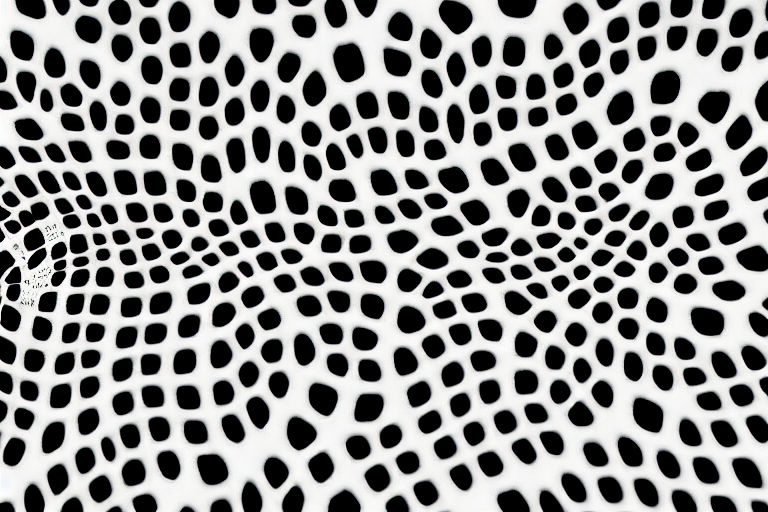The Surprising Link Between Fractals and Chaos Theory
Are you fascinated by the intricacies of nature and the patterns that seem to emerge from chaos? If so, you may be interested to know that there is a surprising link between fractals and chaos theory.
Fractals are complex geometric shapes that exhibit self-similarity at different scales. They are found throughout nature, from the branching of trees to the shapes of clouds. Chaos theory, on the other hand, is the study of nonlinear systems that exhibit sensitivity to initial conditions. This means that small changes in the starting conditions can lead to significantly different outcomes.
At first glance, it may seem that fractals and chaos theory are unrelated. After all, one deals with patterns while the other deals with unpredictability. However, upon closer inspection, it becomes clear that fractals and chaos theory are actually intimately connected.
One of the key insights of chaos theory is that nonlinear systems can exhibit strange attractors. These are patterns that the system tends to fall into over time, even though they may not be stable or predictable. The shape of these attractors can often be described using fractal geometry.
In fact, many of the most famous strange attractors have fractal shapes. One of the best-known examples is the Lorenz attractor, which is a butterfly-shaped pattern that arises in a mathematical model of weather patterns.
The connection between fractals and chaos theory goes even deeper than this, however. In some cases, fractals can actually be used to understand and predict chaotic behavior. For example, the Mandelbrot set is a famous fractal that arises from a simple mathematical formula. This fractal has a complex structure that exhibits self-similarity at different scales. But more than that, it turns out that the structure of the Mandelbrot set is intimately connected to the behavior of a certain type of chaotic system called a complex quadratic polynomial.
In fact, the Mandelbrot set can be used to determine whether a given complex quadratic polynomial will exhibit chaotic behavior or not. This is because the boundary of the Mandelbrot set separates points that lead to chaos from points that don't.
The relationship between fractals and chaos theory is a fascinating area of study that has implications for many different fields, from mathematics and physics to biology and computer science. By understanding the connection between these two seemingly disparate areas, we can gain new insights into the world around us and discover new ways of predicting and controlling complex systems.
So, the next time you see a fractal pattern in nature, take a moment to appreciate the connection between its intricate beauty and the unpredictability of chaos theory.



